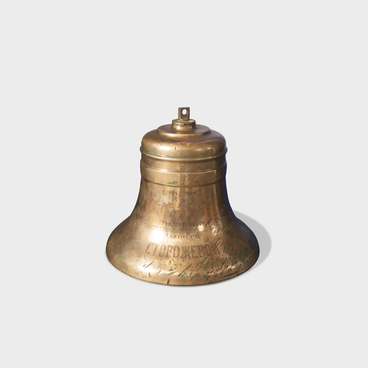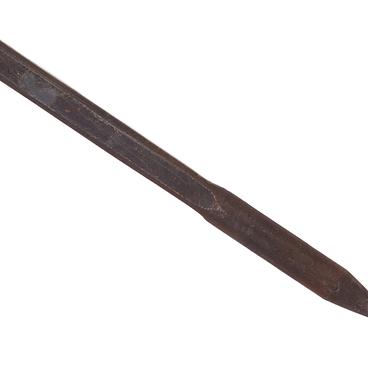Gorgets, or, as they were officially called, officer’s badges first appeared in the Russian Army under Peter I. A gorget is a modified element of knight’s armor, a piece of plate armor protecting the neck. It was used to identify officers in the regular army: even the rank could be determined by the color combination of the elements of the badge, like the field, rim, or coat of arms. However, in 1858, the badges were abolished and left only for the Preobrazhensky and Semyonovsky regiments and some other units.
The badges for officers of army infantry units were reinstated only in 1909 and only for those military formations that had insignia on their hats. Previously, the insignia were located on the top of the lamb hats, but when they were dropped and replaced with caps, the ribbons on them looked out of place. Hence, the emperor ordered to establish badges for units of army infantry, foot artillery and engineering troops (an exception was made only for the troops of the Siberian military districts where they wore papakhas).
In total, about 200 new designs of officer’s badges were adopted. The badge was gilded or silvered and had a convex shape. Its outer surface was polished and a ribbed rim was stamped along the edge. The central part featured a matte national coat of arms (a double-headed eagle) with “armatures” under it in the lower part. The latter were crossed cannons for foot artillery or crossed axes for engineering units. The army infantry badges did not have “armatures”.
The badge was worn with certain types of uniforms on a jacket, a tunic or an officer’s coat. No badges were worn during campaigns. The units of the 83rd Samur Infantry Regiment wore badges with various inscriptions. The 1st and 4th battalions, as well as the 5th, 6th and 7th companies, wore the inscription “For distinction in the Caucasus in 1857–1859”, the 8th company — “For distinction in the Caucasus in 1857–1859 and in the Khivan campaign of 1873.”
Only the officers of the 3rd battalion, whose badge
is presented in the exhibition, wore badges with the inscription “For the
distinction in the Caucasus in 1857–1859 and for taking the Geok Tepe fortress
by storm on January 12, 1881.” These inscriptions were awarded to the units of
the regiment that distinguished themselves in the respective battles and
campaigns in which the regiment participated in 1857–1881. The badges became
part of the peacetime uniform, but there is some evidence that they could have
been worn during celebrations in the rear and during World War I.


